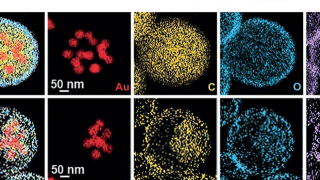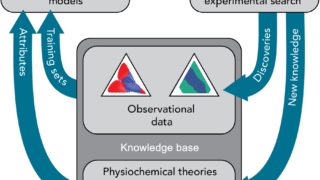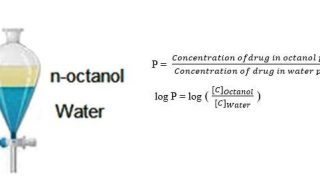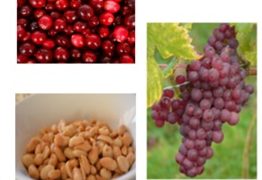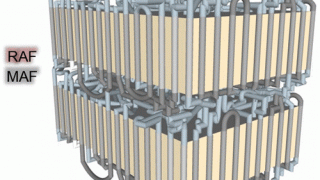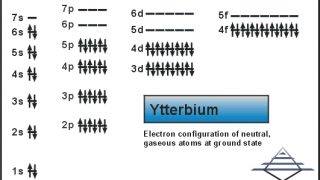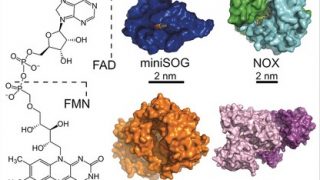
Geometric control of noble-metal nanoparticles
Author: Roberto D’Agosta is an Ikerbasque Research Professor at ETSF and the Department of Materials Physics in the Faculty of Chemistry at the UPV/EHU in San Sebastian. Francesca Baletto, senior lecturer at King’s College London, read and commented the manuscript. Every single moment, nature exploits catalysis to make or improve specific chemical reactions. Catalysts facilitate […]
